The rudimentary theory of pigments is as ancient as the existence of our world. Yet, the fundamental principles that underscore pigments have not undergone any profound changes over time. Therefore, let us delve into the enigmatic realm of pigments and decipher the secret code that shrouds their application.
Pigments: A Brief Overview
Pigments are a form of colored powders that are utilized to replicate a vast spectrum of colors. In essence, they are akin to primary materials, comparable to oil or coal. With this type of powder, manufacturers fabricate all manner of paints and coloring agents such as enamels, acrylics, pastels, crayons, colored pencils, oils, and many more.
The only additional component required to produce the right paint from the powder is a bonding substance, also known as the binder. The binder employed differs depending on the type of paint. For instance, oil is the binder used for oil paints, while Arab rubber (rubber) is employed for pastels. However, the powder used to produce the pigments is invariably the same.
Pigments are extracted from a plethora of minerals, including magnesium, titanium, and zinc, as well as earth ore.
Are there Different Quality Types?
The quality of a pigment is contingent on two primary factors: the purity of the pigment, which is heavily influenced by the mineral of origin, and how fine the powder is. If the powder is coarse, with small stones or fragments, the pigment’s quality is compromised. This factor is hinged on the production facility where it is manufactured.
If you attempt to create a pigment from pastel crayons using sandpaper, you will inevitably end up with an inferior-quality pigment. This is because the pigment will contain all the binder. Consequently, it is vital to distinguish between pigments and powders produced from pastel crayons.
Unveiling the Secrets of Pigments
While most painters have a simple time purchasing basic colors, for modelers, things are more intricate. They need specific hues for their “cars” and airplanes and cannot use yellow or blue to produce dirt or dust. Ergo, the secret to utilizing pigments effectively lies in mixing them correctly to achieve the desired effect. The primary challenge, therefore, is getting the mix right; otherwise, the results can be catastrophic.
What Effects can be Achieved?
The range of effects that pigments can create is vast and diverse, including dust, dirt (fresh or dry), rust, soot, ashes, dirty markings, rain marks, and many more, with limitations only by your imagination. Check out some of the techniques below.
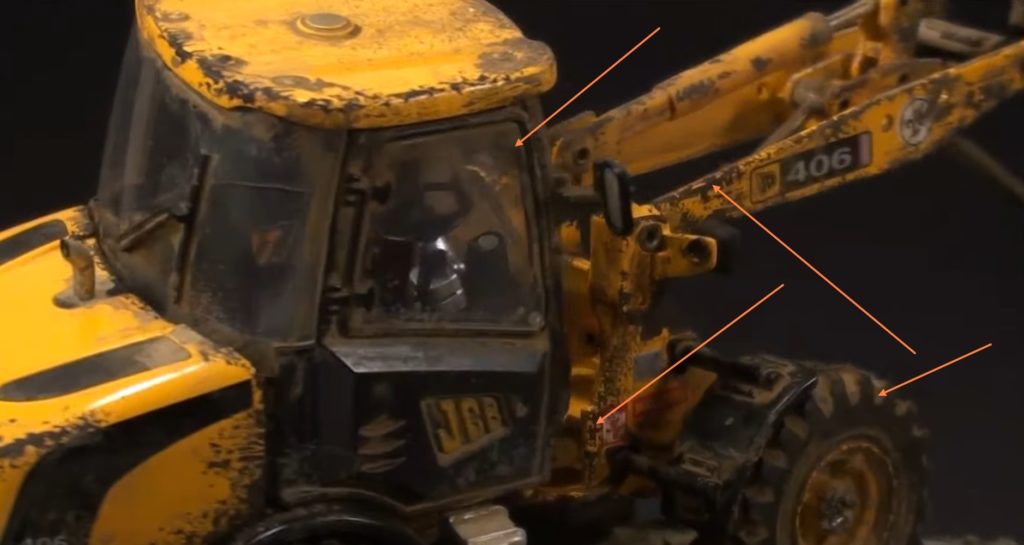
Are these Techniques Easy?
There are numerous techniques for working with pigments, ranging from straightforward to exceedingly complex. Nevertheless, as a modeler, you can attain excellent results within a relatively short time frame. In fact, pigments can supplant old techniques for creating dust and dirt, resulting in less time spent on the final product.
What are the Basic Techniques with Pigments?
There are two fundamental types of techniques for working with pigments: direct use and combined use.
Direct Use:
When used directly, you can apply pigments with a brush to create the following effects:
- Desert dust directly on a matte surface. If the surface is glossy, the powder may disappear over time (erase).

- Smoke – use a black pigment.

- Rusty surfaces – on exhaust pipes or rusty ‘cars’.
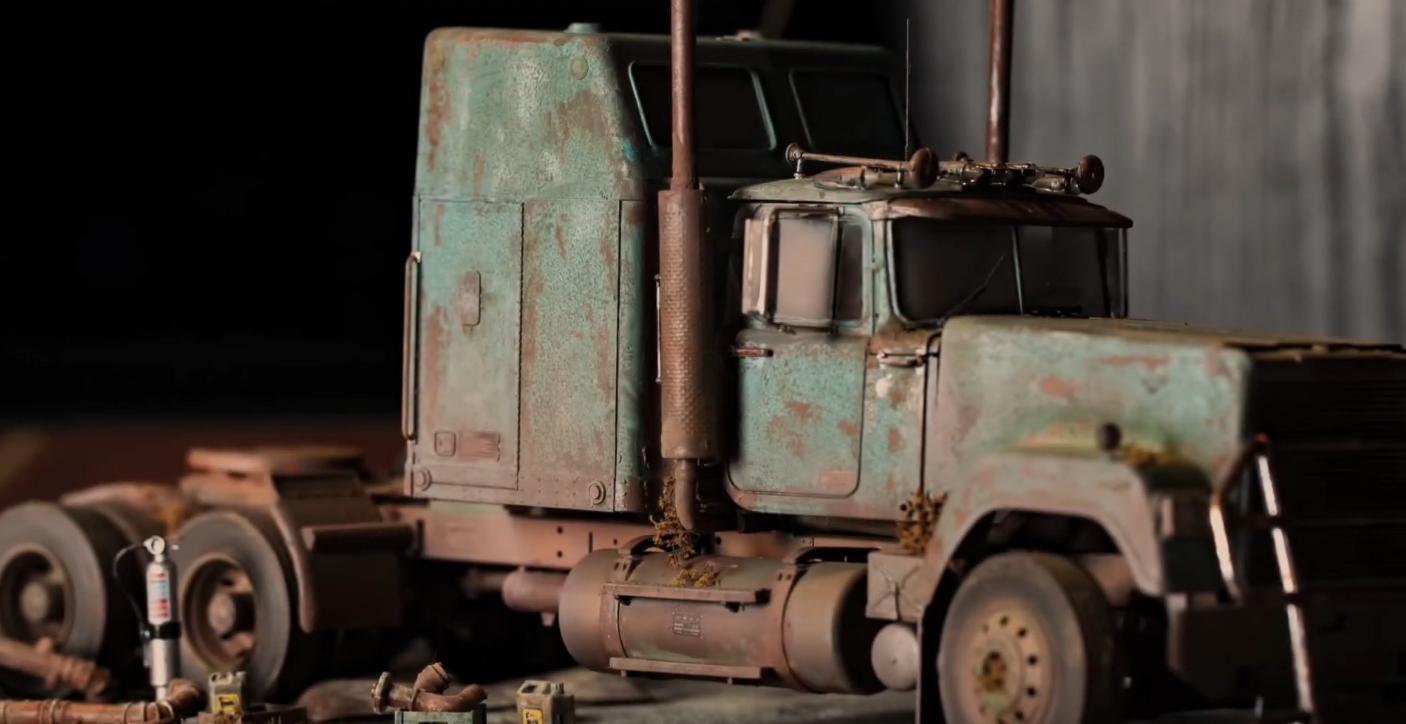
- Rusty tracks – working directly with the rusty color you can get a great effect on the tracks.

- Dirt effects on airplanes (Dirt effects on airplanes) using different mixes of gray and brown you can create a subtle effect on different parts of the plane.

Combined Use:
By combining pigments with different products you can show effects such as:
- City dust – The best way to create the dust of a ruined city is to apply pigments directly to the model.
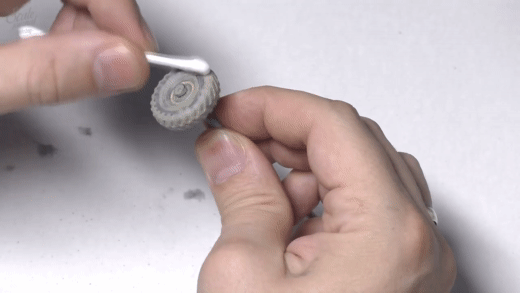
- Dry European Earth. When the earth dries on the “machine”, it looks totally different from the desert dust. You have to use a dark brown pigment. Apply it with a brush to the surface of the model with a few drops of matte varnish added. It helps to fix the powder on the surface.
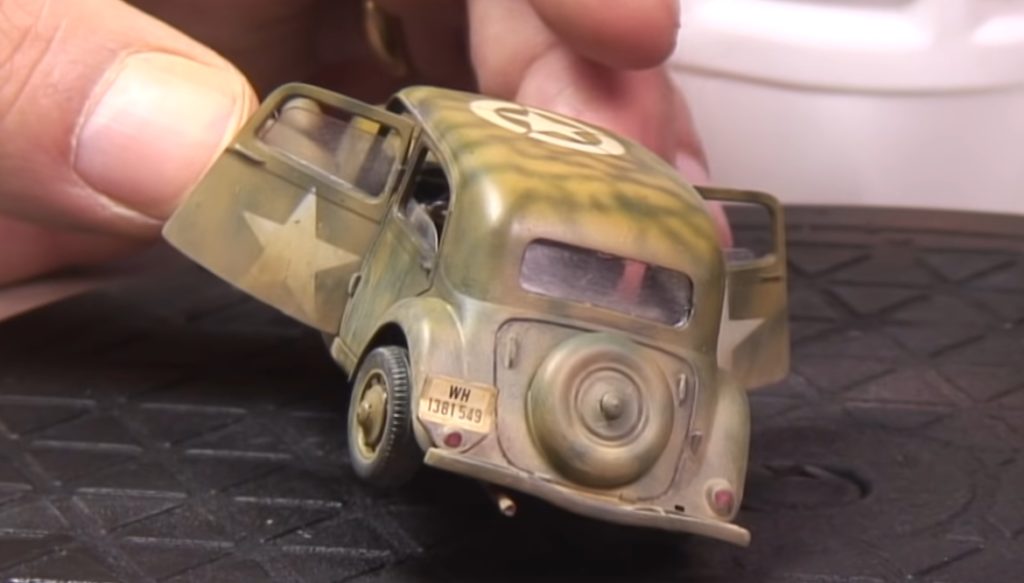
- Ash – it is obtained by mixing black and white. You can create small piles of powder under the wheels, on wood and rubber parts. Again, add a few drops of matte varnish.
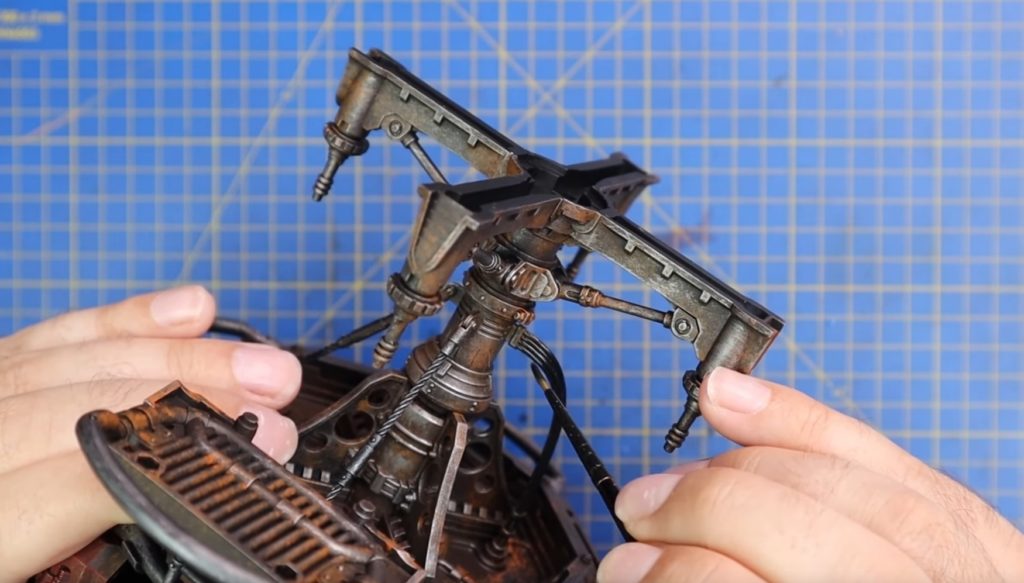
- Dry Mud To create this effect, mix (stucco) gypsum, brown clear pigment, and acrylic resin. Apply the mixture with an old brush. Watch carefully the drying process, because undesirable effects are possible. Once dry, it is no longer possible to remove the “dirt”.
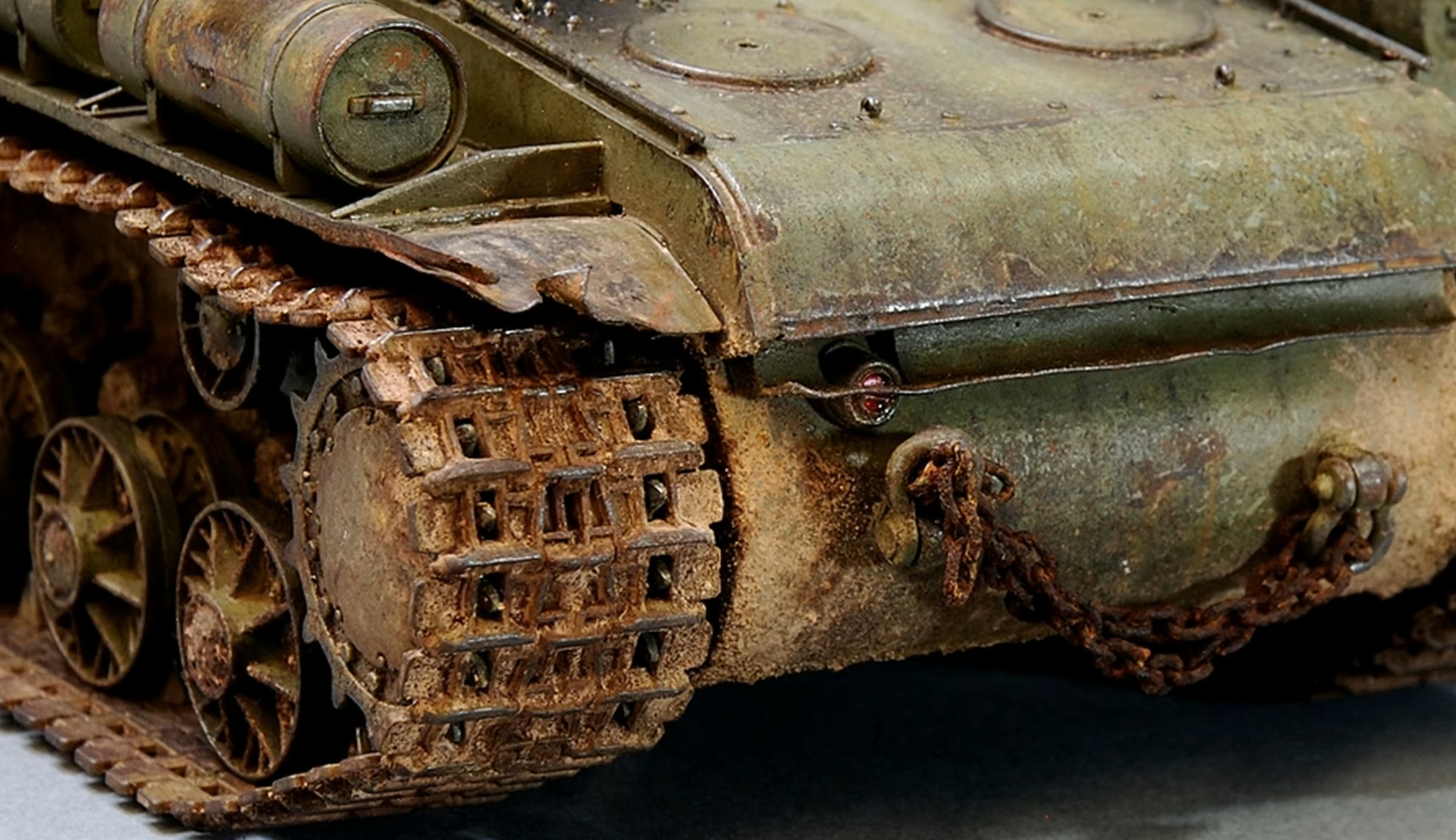
- Fresh Mud By mixing a large amount of dark brown pigment and black, varnish, and gypsum you can obtain a very realistic effect. You can also add some earth, fine sand, or small stones to the mix.

- Large rusty surfaces On large surfaces the oxidation should be very matte, but it is also necessary to “fix” the pigment to the surface. Use alcohol instead of matte varnish.
- Rain marks A simple way to get this effect is to mix pigments with water.

- Colored Putty Sometimes colored putty can produce interesting effects. Add the desired pigment and a little solvent.
- Colored Plaster You can create brick structures with reddish hues. You can also make bricks or stones by mixing different pigments with gypsum. The pigment does not differ in properties from the gypsum mortar.
- Figure Effects. On the shape of soldiers and crews. The easiest and fastest way to show dry dirt and dust is to mix pigment with matte varnish.
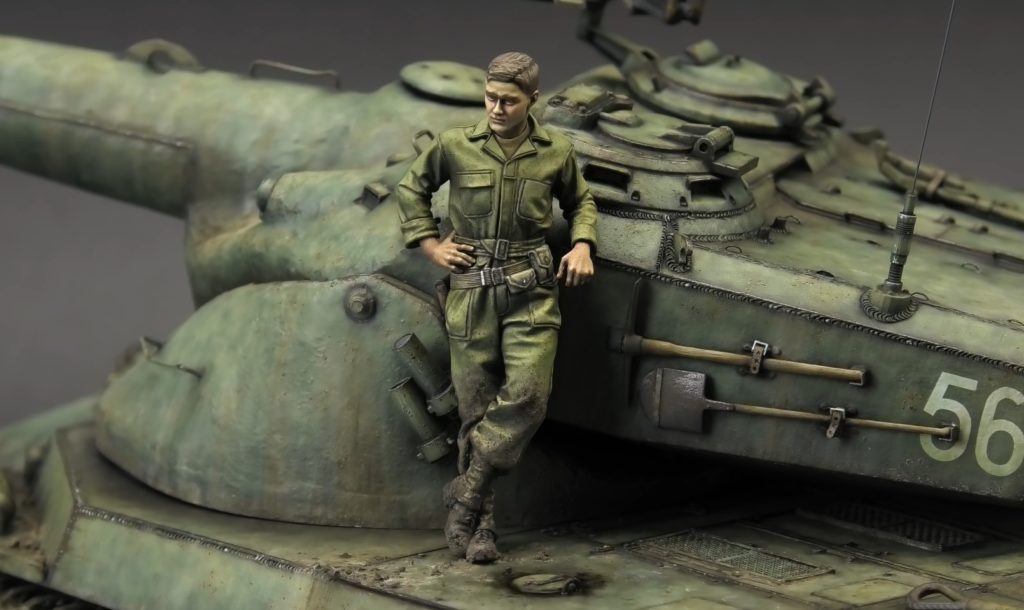
I suggest you watch a short video from Acrylicos Vallejo:
Conclusion
In conclusion, pigments are a powerful tool in the arsenal of modelers, allowing the creation of a plethora of effects, limited only by one’s imagination. With a little practice and experimentation, you can master the art of pigment manipulation, elevating your creations to new heights of beauty and realism.
Hey there! I’m Richard Baker, a miniature painter who’s been in the game for a solid decade now. I’ve been painting miniatures for ten years and I’ve got a ton of tips and tricks to share with you all. My website is a treasure trove of knowledge that I’ve gathered from both my own personal experiences and from reading all sorts of books.
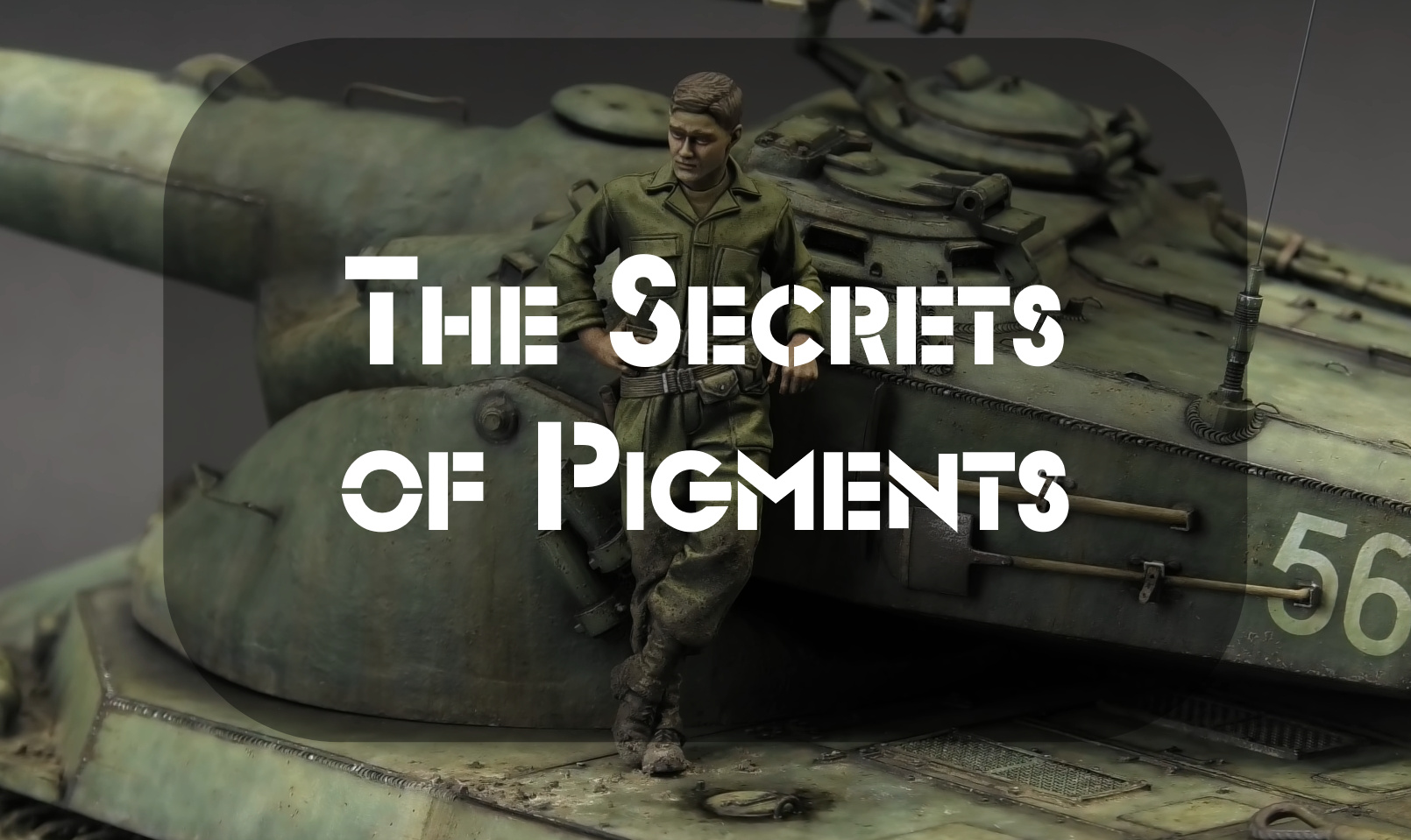




Leave a Reply